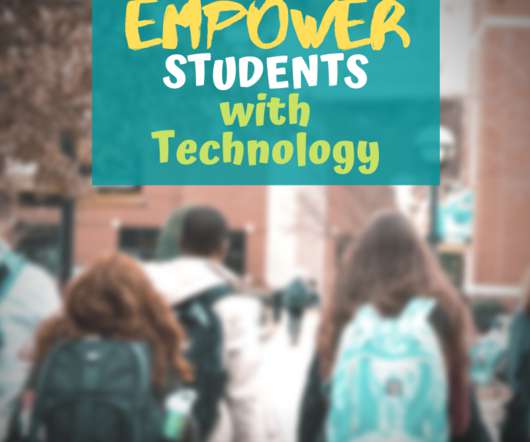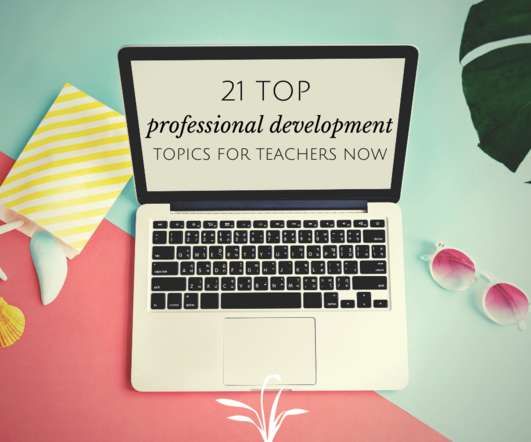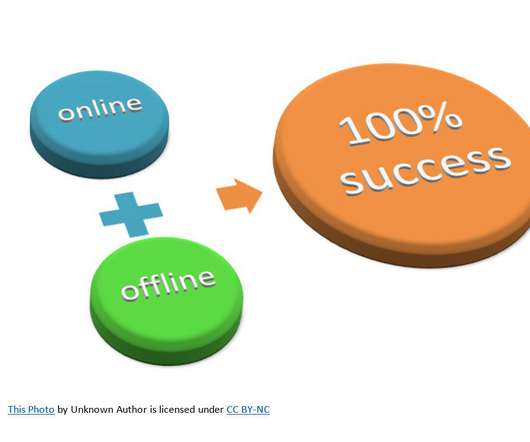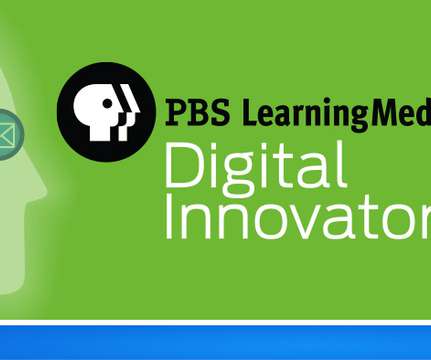We're Closing the Digital Divide. Now Let's End the Participation Gap.
Edsurge
OCTOBER 16, 2018
Recent studies have shown that lower income children often spend more time with technology as it has become a type of “digital babysitter” for parents who have to be out of the house for extended periods of time. Often seen as an “add on” consideration in many districts, digital citizenship needs to be addressed intentionally.



















Let's personalize your content